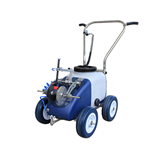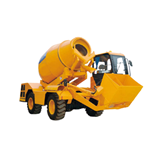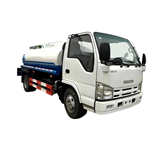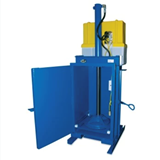By Jennifer Perry
Energy efficiency practices and technologies employed by Godfrey Hirst also earned the company top honours at last year’s annual savewater awards and Greenhouse Plus Awards, and have attracted the attention of Deakin University, Barwon Water Authority and Ciba Specialty Chemicals. They plan to work together on options to extend the use of water saving technologies at the Geelong-based manufacturing facility.
“We want to be market leaders and we want to be sustainable,” says Brian Cassidy, plant engineering manager at Godfrey Hirst.
The company is well on its way to achieving these goals, having undertaken the first stage of sustainability objectives in upgrading its manufacturing plant and pioneering unique technologies and systems.
This has resulted in reduced greenhouse gas emissions of 25 per cent over four years, achieved through upgrading the company’s woolen and synthetic yarn divisions, and carpet manufacturing processes. Over the last twelve months, water-recycling initiatives have used 25-30 per cent less water. This equates to around 85ML per year, or 85 Olympic size swimming pools.
Godfrey Hirst began the shift towards sustainability in 1996 with a series of energy, environmental and water audits, and took its lead from the Government’s Strategic Investment Program (SIP) (1999), which created incentives for companies to invest in infrastructure and innovation.
Since then it has invested a “considerable amount of money” in water efficiency upgrades which have an expected return of about two years, and energy efficiency and waste minimisation strategies.
These cleaner processes have also enhanced revenue streams for the company through ecologically-friendly product lines.
“Market research, the development of coloured yarn, the implementation of modern high speed graphic tufting machines and innovative product development has enabled us to successfully launch a new product range of solution dyed carpet which involves no dyeing or drying and can be processed directly through the finishing line,” says Cassidy.
Godfrey Hirst believes it has differentiated itself not only through its environmentally-sensitive approach, but by adopting the essence of triple bottom line reporting, taking not only economic, but environmental, safety and sustainable production as key performance indicators (KPI).
With daily and weekly reports on how all KPI’s are tracking to budget, managers not only have economic, but energy, environment, safety and waste issues as part of their focus.
“This has created interest and enthusiasm amongst employees with regards water consumption. We developed teams in both dyeing operations to review water consumption,” says Cassidy.
They are assisted by a Citect SCADA Supervisory Control and Data Acquisition system, a computerised monitoring and control system within manufacturing processes that has enabled employees to accurately assess production process and recommend changes and improvements.
The remaining stages of Godfrey Hirst’s water upgrades will roll out over the next two years. This will build on the unique system already developed for the treatment and re-use of seal water in its continuous dyeing lines.
Current technology uses liquid ring vacuum pumps where a rotating ring of seal water achieves the pumping action inside a cylindrical housing. This water is kept separate from highly contaminated water that is extracted from the carpet and is discharged from each pump continuously at a rate of 134 litres per minute each.
Godfrey Hirst now has the ability to capture this seal water, remove the contaminating fine lint/fibre and heat, and return it back into the vacuum pumps on a continual, closed-loop basis. This has resulted in turning machinery that used an extremely high amount of fresh water into one that uses none (except system losses).
Besides achieving significant water efficiencies, Godfrey Hirst has also focused on the minimisation of waste production, reducing their waste to landfill by 40 to 50 percent over the last three years, with considerable savings in waste disposal cost and the sale of waste goods.
“Implementing the Quick Colour Change QCC Applicator on our continuous carpet dye line has helped reduce waste by providing more efficient colour changes on production runs,” says Cassidy.
Currently there are a number of incentives provided by government agencies, which is helping shift the community and industry focus towards water savings. Brian Cassidy believes that, “It is up to industry to jump on board and undertake water audits of their business and implement water improvement programs.”
Godfrey Hirst’s environmentally improved operation is an example to other manufacturers and industry in general of what can be achieved with a longer-term vision.
The recognition that they have received has not only allowed the company’s employees to recognise that their efforts are making positive changes to the business and their environment, but has certainly raised Godfrey Hirst’s profile in both industry and the community.

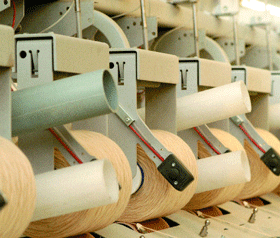
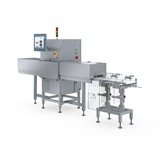
-160x160-state_article-rel-cat.png)



-160x160-state_article-rel-cat.png)

-160x160-state_article-rel-cat.png)

